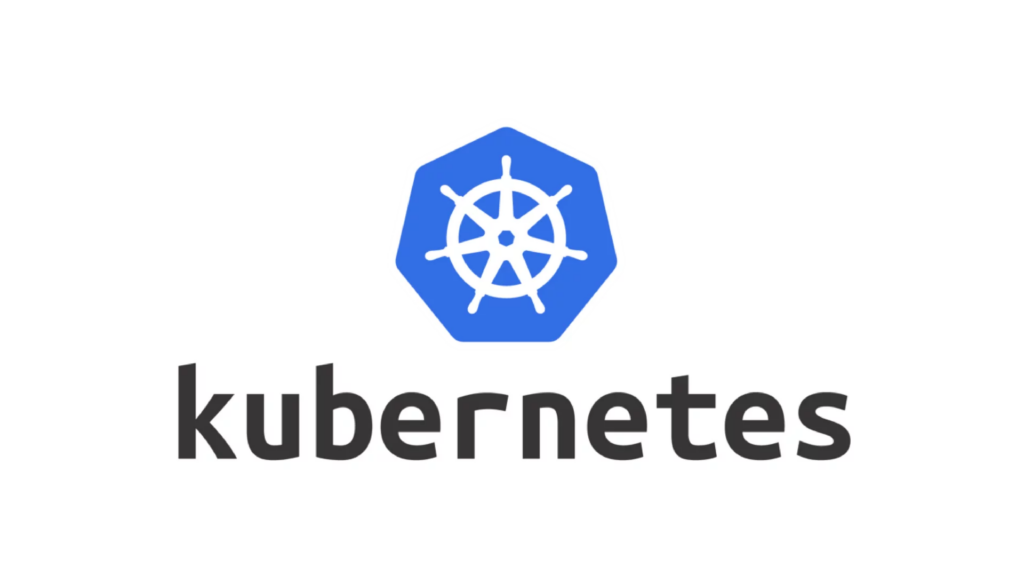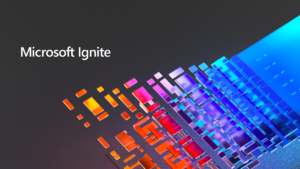In a move that underscores its commitment to fostering open innovation within the cloud-native ecosystem, Microsoft has taken a significant step by releasing Retina, their cloud-native container network observability platform, to open source. This marks a pivotal moment for developers and operators navigating the complexities of Kubernetes container deployments, offering them a powerful tool to simplify and enhance networking monitoring capabilities.
At its core, Retina harnesses the capabilities of the Berkley Packet Filter (eBPF) to provide a seamless and non-intrusive approach to observing and troubleshooting microservices and container communications within Kubernetes environments. By leveraging eBPF, Retina enables users to gain deep insights into network activities without the need for invasive monitoring tools, ensuring minimal disruption to critical operations.
One of the standout features of Retina is its versatility. While initially developed for Azure, it is designed to seamlessly integrate with Kubernetes deployments across various cloud platforms including AWS, GCP, and others. This means that regardless of the cloud environment in use, developers can leverage Retina to streamline network observability without being tied to a specific vendor ecosystem.
So, why does this matter?
Simplified Kubernetes Management: Managing Kubernetes environments can be inherently complex, particularly when it comes to monitoring container-to-container communications. By open-sourcing Retina, Microsoft is democratizing access to a solution that was previously available only within its Azure ecosystem. This move empowers developers and operators with a sophisticated toolset to streamline network monitoring tasks, regardless of their chosen cloud provider.
Reduced Complexity, Greater Visibility: Incorporating Retina into a deployment eliminates the need for installing additional networking monitoring packages within container images. This reduction in complexity not only streamlines deployment processes but also enhances visibility into network activities, enabling more effective troubleshooting and optimization.
Vendor-Agnostic Solution: Unlike proprietary solutions that may lock users into specific vendor ecosystems, Retina offers vendor-agnostic functionality. Whether deploying applications on Azure Kubernetes Service or other cloud platforms, users can leverage Retina’s capabilities to ensure consistent and reliable network observability across diverse environments.
In essence, Microsoft’s decision to open-source Retina underscores its commitment to driving innovation within the Kubernetes ecosystem while fostering collaboration and community-driven development. By making this powerful tool freely available, Microsoft is empowering developers and operators worldwide to build and manage resilient, scalable, and secure containerized applications with confidence.
For more information on Retina and its open-source release, visit Microsoft’s official announcement.
If you would like to talk about this further with someone here at Serverless Solutions, please feel free to reach out. We love this kind of stuff.




